If your pattern has seam allowances, please note them down or cut them off (of your working pattern, not the original). They will affect your final measurements. You can use the method below while leaving on the seam allowance, but remembering they are there is important so that you can still measure your desired lengths and, of course, assemble the pattern correctly when you are done.
Before you start out, trace your original pattern onto paper of some sort to create your 'working pattern'. Gather sticky tape (or glue), scissors, a straight ruler, a french curve (or curve square) if you can, and a pencil.
Here is my generic version of a shirt pattern front piece:
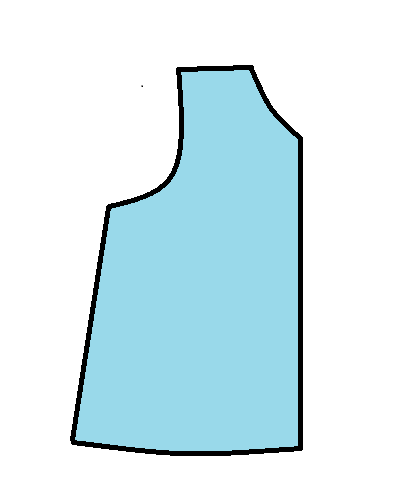
Now to shrink the pattern there are several points which you are going to want to take in. Because children grow at different rates, their chests do not expand as fast as they lengthen, we can not just make the whole pattern smaller. Generally, though, for each size smaller take off:
1/2" of the chest (which is 1/4" off a pattern that is cut on a fold)
1/8" of armhole
1/8" of the shoulder
2" of length
Exact measurements will help you out to fit a specific child.
I will start with one area to take in and show how each point can be done using the same general method. Beginning with shortening the armhole, take your your ruler and draw a line perpendicular to the curve as shown below.
Cut along your drawn line to separate the pattern into two pieces.
Bring the pattern together again by overlapping the pieces, shortening the overall armhole to the desired length. Use the straight center line to align the pattern pieces correctly. Tape the pattern together into the new configuration.
You'll note that the armhole curve is now a bit choppy, which is easily adjusted by re-drawing the curve with your french curve (or eyeball it, it'll be fine). Tape a separate piece of paper behind the pattern if you require a bit extra, draw the corrected curve, and cut it out again.
To shorten the overall length of the pattern, choose a point along the side below the armhole and draw another perpendicular line.
Cut and separate:
And rejoin to form the desired length, once again noting the center straight line and making sure that is all even up.
Correct any choppy lines with a ruler.
The shoulder is narrowed in the same way.
You'll note that above I demonstrated each adjustment individually from the original pattern, but yours, of course, will have alterations as you go which will affect the overall size and look. Here all the steps are again, this time with the changes intact.
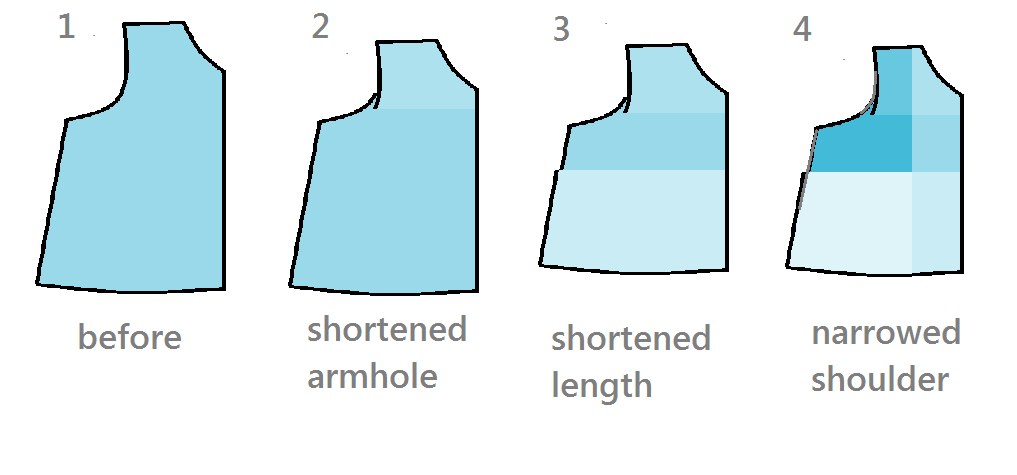
The sleeve piece is adjusted in the same manner, cutting perpendicular to the curve and adjusting the width.
To make sure you have the correct length of shoulder curve, use a flexible tape ruler to measure it and compare it to your armhole curves on the front and back pieces (keeping in mind to minus any shoulder seam allowances if they are on the pattern).
The french curve is particularly helpful for sleeve curves, however, you can still easily wing it if you do not have one.
The back piece of the pattern can be done in the same way. This is also a great method for making single adjustment in width or length for your children who do not fit the mold (and whose does?). To enlarge a pattern the same method applies, except instead of bringing the pieces together, you separate them to the desired size, using another sheet of paper behind to make up the difference.
I can tackle specific pieces in the comments section if you have questions. This is a rough outline to adjusting pattern sizes and each specific pattern will have its own quirks. As always, whenever you make a new pattern, try it out the first time on broadcloth or inexpensive fabric, not the good stuff. Just, you know, in case :)


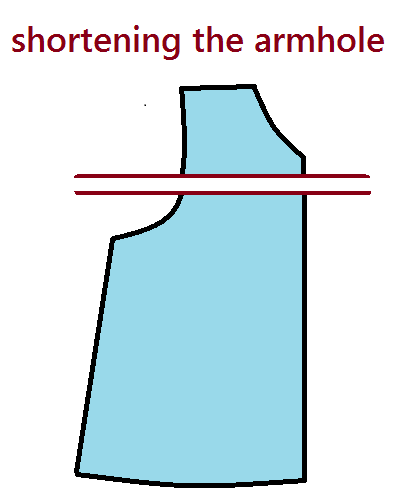

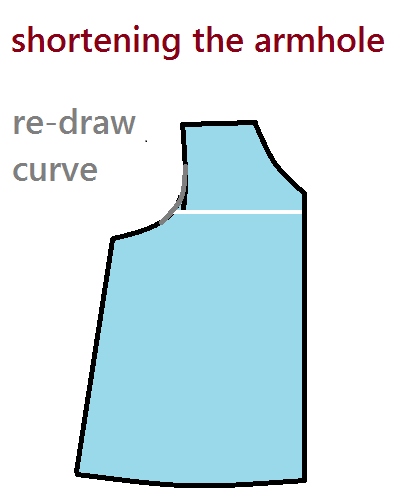
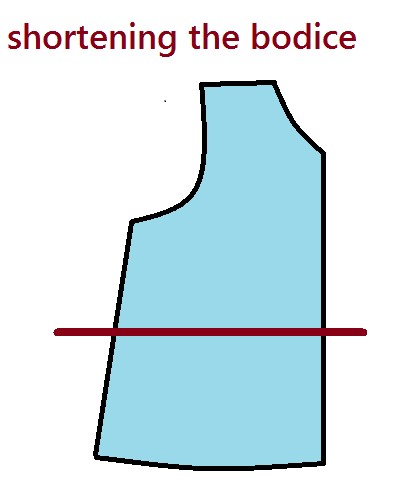
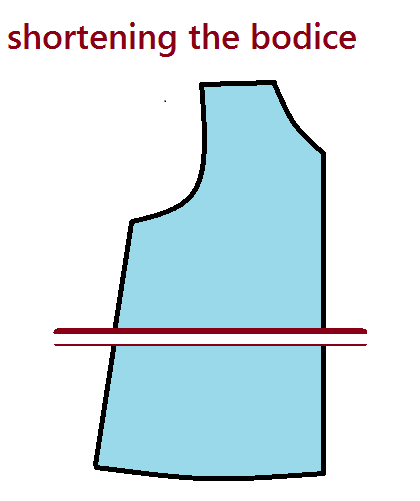
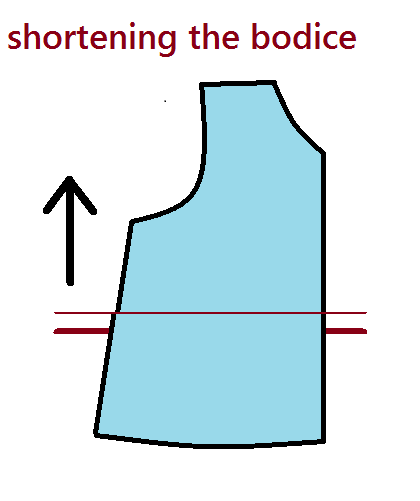
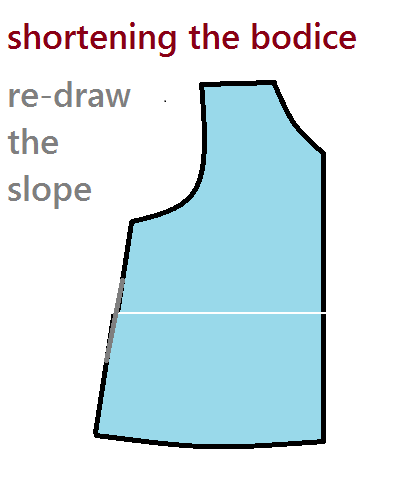
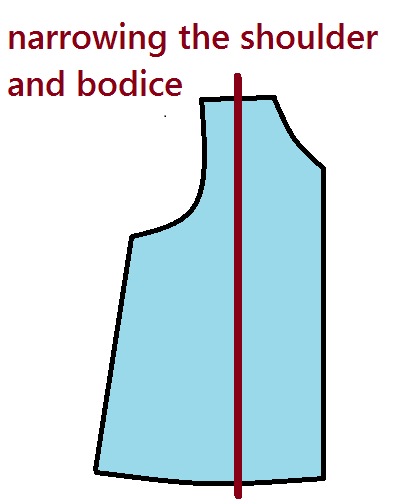

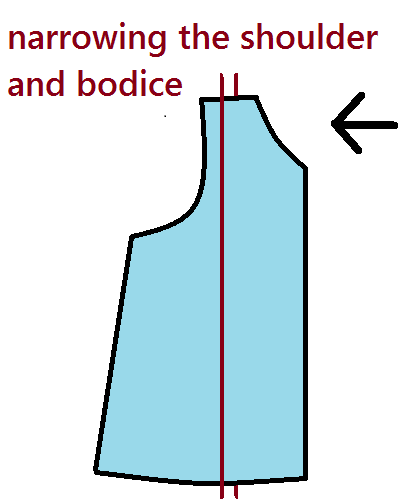
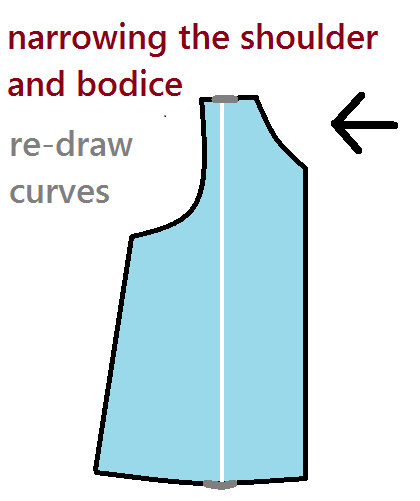
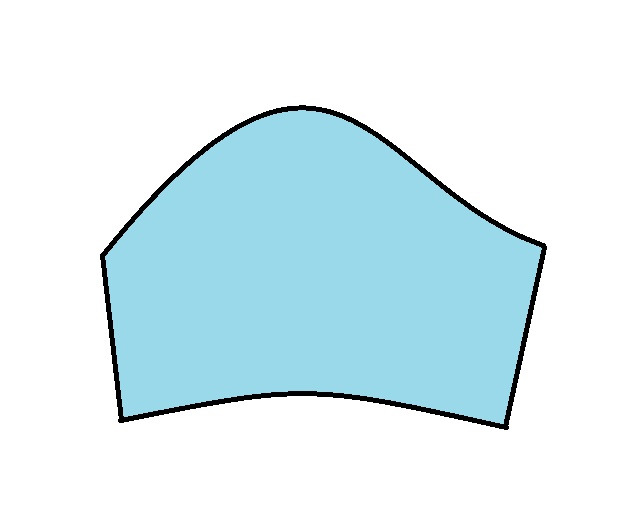
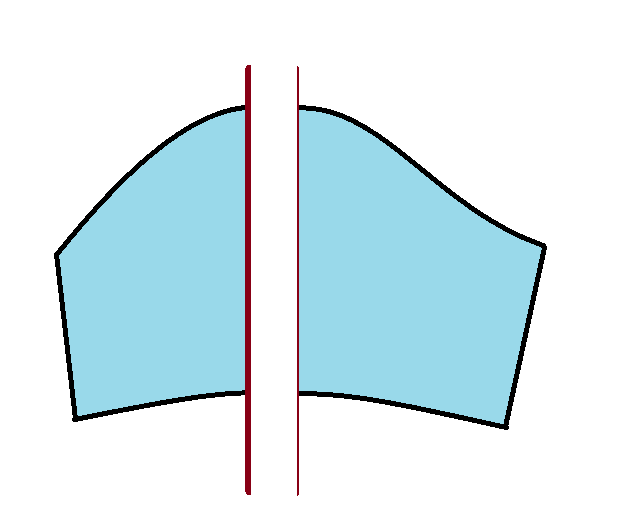
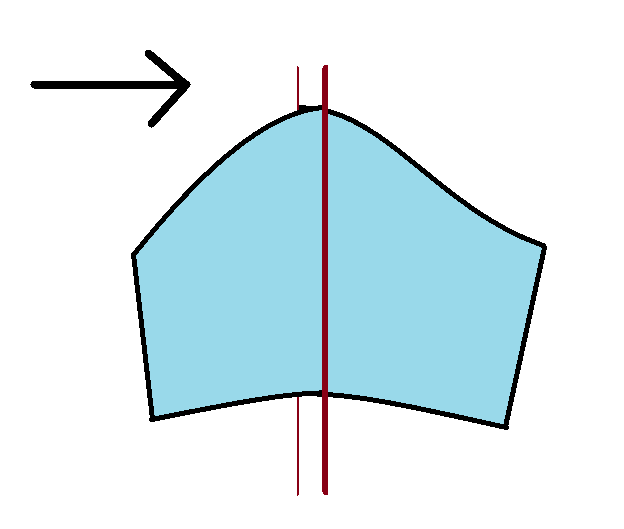
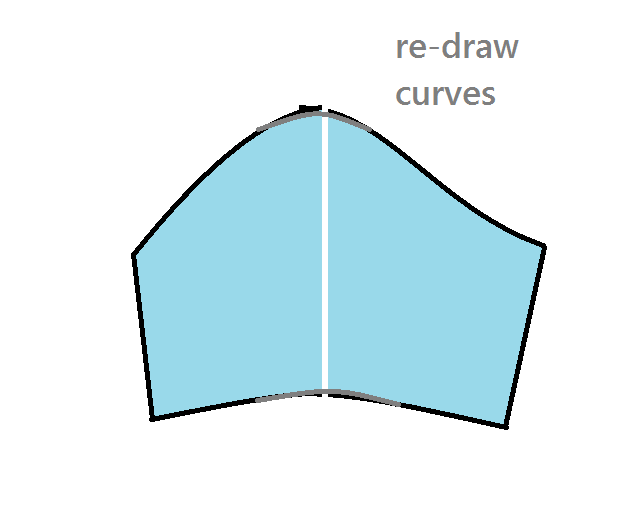
thankyou!
ReplyDeleteYou're welcome!
ReplyDeleteDo you have any idea how many times I have scetched out new lines, following the curves, trying to change the size of a pattern? How much simpler. Thank-you.
ReplyDelete...you know I ment sketched, right?
ReplyDeleteI've attempted this many times, but I've not got it quite right. Something was always "off." Thank you so much. This is way better than my efforts.
ReplyDeleteThanks for this useful post. I hope that you can show us how to resize a pants pattern. I have a good pants pattern size 3T but my son wears size 1T and my daughter size 4/5T. Many thanks for your help!
ReplyDeleteYou know, it's because of you I bought one of those awesome bendy rulers last week while on vacation in Montana! I can see I'll be making good use of it!
ReplyDeleteEnlarging works the same way? oh, yes I see it now, you say so in the second to last paragraph. any tips on guestemating how much to enlarge per size increase?
ReplyDeletethanks. your tutorials regarding slopers and pattern basics inform nealy all my sewing endeavors!
I have spent much of the last two days reading your blog, and I must say you are amazing! I am a quilter who is trying to learn more about garment making so that I can teach my 14yr old to sew the clothing that she wants. Your site has been a huge help. I know that most of your tutes are for little ones, but you go through things so thouroughly and clearly that I am able to really learn the basic techniques that I can apply to the patterns I have in my head (or that she has in hers).
ReplyDeleteThank you so much for your kindness in sharing your knowledge and helping us all figure it out and learn ourselves (and for all your fabulous patterns!!). :)
You are such a remarkable lady! That cleared up so many of my questions, and you have a way with words that really works. Thanks for all the work you put into your blog!
ReplyDeleteDoes the neck opening generally remain the same? Depending upon the style of the garment of course, their little noggins seem to not grow at the same rate, right?
ReplyDeleteBrandy, you are right, the neck might need to be adjusted. If find that it is of small degrees, however, when you are moving in the toddler to preschool range. Children's heads start out proportionally quite large and then their bodies grow faster and catch up. Take measurements and adjust as needed using the same method as described here.
ReplyDeleteHmm I wonder if this would work to make something dolly size :P
ReplyDeleteWish I had looked this up yesterday, I'd probably have it cut out by now! Instead of wanting to give up!
ReplyDeleteThank you! Your method to make a pattern smaller was so simple to understand. I have not tried it yet but I no I can make a pattern smaller jus from reading your very simple method. Thank you!!!
ReplyDeleteThank you so much. Your method was very understandable. Have searched for days looking to decrease size of pattern.
ReplyDeleteI am so great ful for your post.
Stay safe stay well.